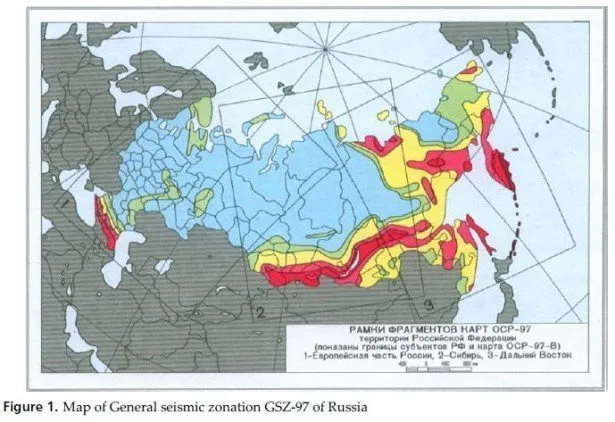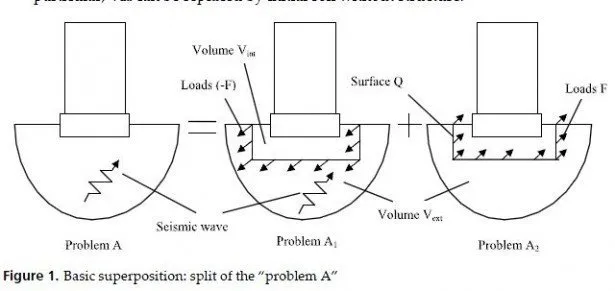The seismic hazard at a given site represents the sum of the hazard contributions of different earthquakes at different distances from the site. For each site, however, there are a few
earthquakes that have dominant contributions to the hazard. These earthquakes are normally referred to as scenario or predominant earthquakes. The shape of the uniform hazard spectrum for a given site, representing the seismic hazard for the site, depends on the magnitudes of the scenario earthquakes and the distances of these earthquakes from the site. In general, the dominant contribution to the short period ground motion hazard is from small to moderate earthquakes at small distances, whereas larger earthquakes at greater distance contribute most strongly to the long period ground motion hazard.
For the purpose of the selection of earthquake ground motions for use in the seismic analyses, it is necessary to determine the scenario earthquakes for the Confederation Bridge.
This can be done by computing the seismic hazard contributions of selected magnitudedistance ranges that cover all possible magnitude-distance combinations. Figure 4, provided by Geological Survey of Canada, shows the magnitude-distance contributions for the Confederation Bridge for annual probability of exceedance of 0.000404 (i.e., 2% in 50 years).
Such graph could not be produced for a probability of exceedance of 0.00027 because of the uncertainties in the hazard analysis due to the extrapolations relative to the current hazard models. However, it was reported by [11] that the predominant magnitude increases very slowly as probability decreases. Also, results reported in [12] indicated that the lowering of the probability has small effects on the predominant magnitude and distance values. Given this, the magnitude-distance contributions shown in Fig. 4 were considered to be representative of those for probability of exceedance of 0.00027.

Figure 4(a) shows the contributions to the seismic hazard for period of 0.2 s, representing the short period ground motion hazard, while Fig. 4(b) shows the contributions for period of 2.0 s, representing the long period ground motion hazard. The contributions are computed for magnitude increments of 0.25, and distance increments of 20 km. It can be seen in Fig. 4(a) that the scenario earthquakes that have predominant contributions to the short period ground motion hazard are with magnitude ranging from 6 to 6.75 at distances of 60 km to 80 km. Similarly, Fig. 4(b) shows that the scenario earthquakes that have predominant contributions to the long period ground motion hazard are with magnitudes ranging from 7.25 to 7.5 at distances of approximately 500 km.



